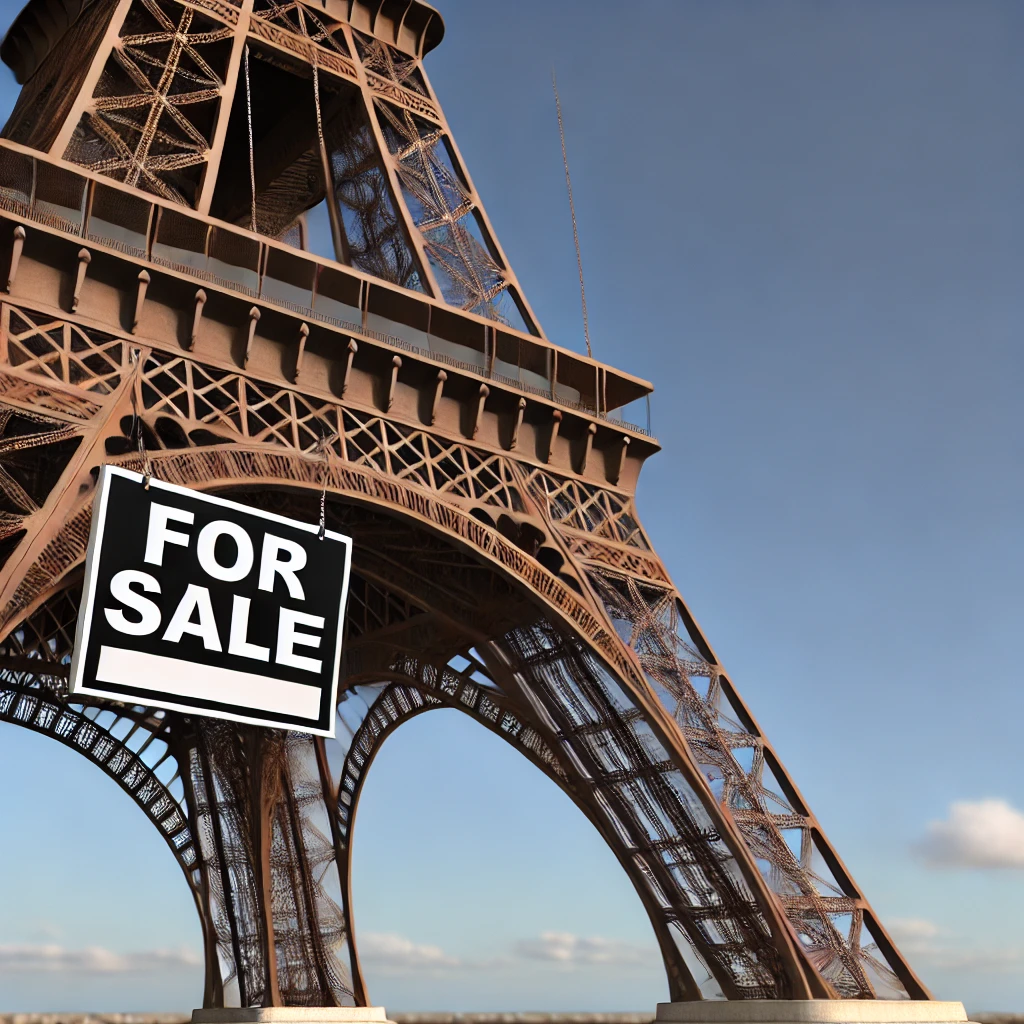Welcome back to “Idiotic Facts You Didn’t Know You Needed!” Today, we’re delving into one of history’s most outrageous and hilariously cunning scams: the tale of the man who sold the Eiffel Tower—not once, but twice! Yes, you read that correctly. Grab your beret and baguette, and let’s dive into this Parisian prank that left its marks scratching their heads.
Meet the Mastermind
Our story centers around Victor Lustig, one of the most notorious con artists of the early 20th century. Lustig was a charming, multilingual swindler with a flair for the dramatic. His impressive resume included cons all over Europe and America, but his pièce de résistance was the scam that left Paris buzzing.
The Great Eiffel Tower Scam
In 1925, Lustig came up with a scheme so bold that it bordered on genius. He noticed that the Eiffel Tower, originally built as a temporary structure for the 1889 World’s Fair, was in dire need of repairs. Taking advantage of this, Lustig posed as a government official from the Ministry of Posts and Telegraphs. He sent out letters to some of the top scrap metal dealers in Paris, inviting them to a secret meeting to discuss an incredible business opportunity: the sale of the Eiffel Tower for scrap.

The Bidding War
At the meeting, Lustig spun a tale of government bureaucracy and budget constraints, explaining that the maintenance of the Eiffel Tower was too costly. Therefore, the French government had decided to sell it for scrap, but the transaction had to be handled discreetly to avoid public outcry. The dealers, eager to get their hands on the iconic structure, entered into a fierce bidding war.
Hook, Line, and Sinker
Lustig singled out a particularly gullible dealer, André Poisson, who was desperate to make a name for himself in the industry. After some clever manipulation and a hefty bribe to “grease the wheels of bureaucracy,” Poisson handed over a large sum of money to Lustig. With the cash in hand, Lustig fled to Vienna, leaving Poisson to discover that he had been duped.
The Audacious Encore
But Lustig wasn’t done yet. Emboldened by his success, he returned to Paris a few months later and pulled the same scam again! He even went as far as arranging another secret meeting with different scrap metal dealers. Incredibly, he managed to sell the Eiffel Tower a second time before skipping town once more.
The Fallout
Eventually, Lustig’s luck ran out, and he was arrested by the French police. However, his charm and quick wit allowed him to escape from custody. He continued his life of crime, eventually being captured and imprisoned in the United States for unrelated offenses.
The Legacy of Victor Lustig
The story of Victor Lustig and his daring double sale of the Eiffel Tower has become legendary. It’s a humorous reminder of the lengths to which con artists will go and the gullibility of those caught up in their schemes. Lustig’s escapades highlight the blend of audacity and charisma that made him one of history’s most infamous swindlers.
Lessons from the Eiffel Tower Scam
What can we learn from Victor Lustig’s antics? It’s a funny and cautionary tale about the power of persuasion and the importance of skepticism. It also serves as a reminder that if something seems too good to be true, it probably is. And of course, it underscores the timeless appeal of a well-executed prank—especially one with a touch of Parisian flair.
Conclusion
So next time you’re admiring a famous landmark, think of Victor Lustig and his audacious scheme to sell the Eiffel Tower—twice. It’s a story that combines humor, cunning, and a dash of old-world charm, reminding us that history is full of incredible and laugh-out-loud moments. Until next time, keep exploring the wonderfully weird world of historical facts and idiotic events!
Stay tuned for more strange and amusing tales that will leave you laughing and scratching your head in disbelief!
